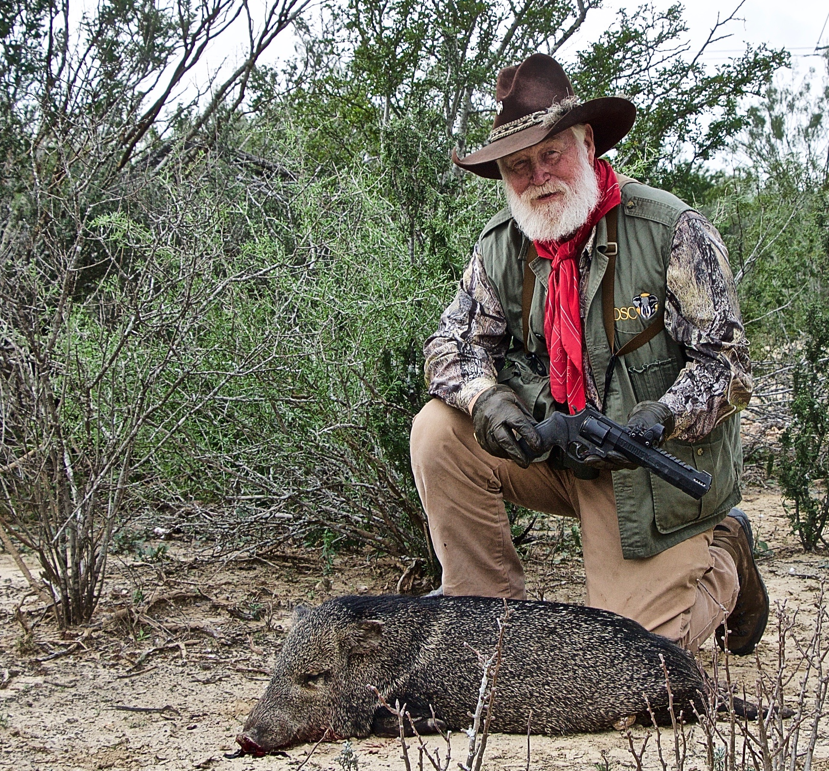Two centuries have passed without any sightings of European gray wolves in the wild areas of Denmark, but in 2012, a male was spotted. Since then, a few other males have moved in, forming an official pack with the she-wolf that traveled over 340 miles last summer from Germany.
The positive signs continue as researchers believe that the female has chosen a mate. Denmark could see its first wild wolf offspring in over 200 years.
Amidst the initial excitement, plans for management immediately began. People often view wolves as problematic since the animals attack sheep and alter prey populations. The Ministry of Environment and Food in Denmark consulted with several concerned parties, including farmers and game hunters, when constructing the official plan.
Researchers note that the main difficulty is not properly managing the wildlife, but with managing human perception of the wolves since it has been so long that wolves have even been part of the culture. Ideas about wolves are bound to be based on fairy tales and anecdotes from a time long ago.
In Denmark, anyone can apply for and receive a permit to shoot a problem animal – one that is killing livestock or looking for food in human-populated areas. However, remedial actions must be used before any permission will be granted.
Sources: Ministry of Environment and Food in Denmark and the Guardian



